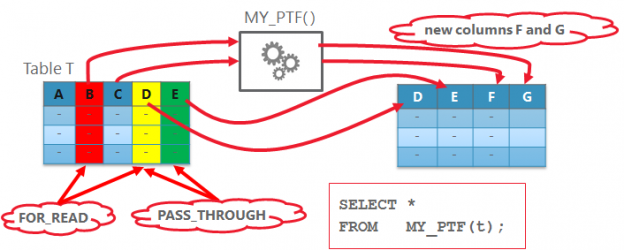LiveSQL is great place to start playing with new features. It provides a couple of very helpful demo scripts explaining how polymorphic table functions work. There I found a new script few days ago which uses PTF for dynamic pivot! WOW! According to my subjective perception, it seems to be one of the most desired features in Oracle SQL! But let’s have a closer look. Is this really feasible and mature enough to be used in production code?
Continue reading







